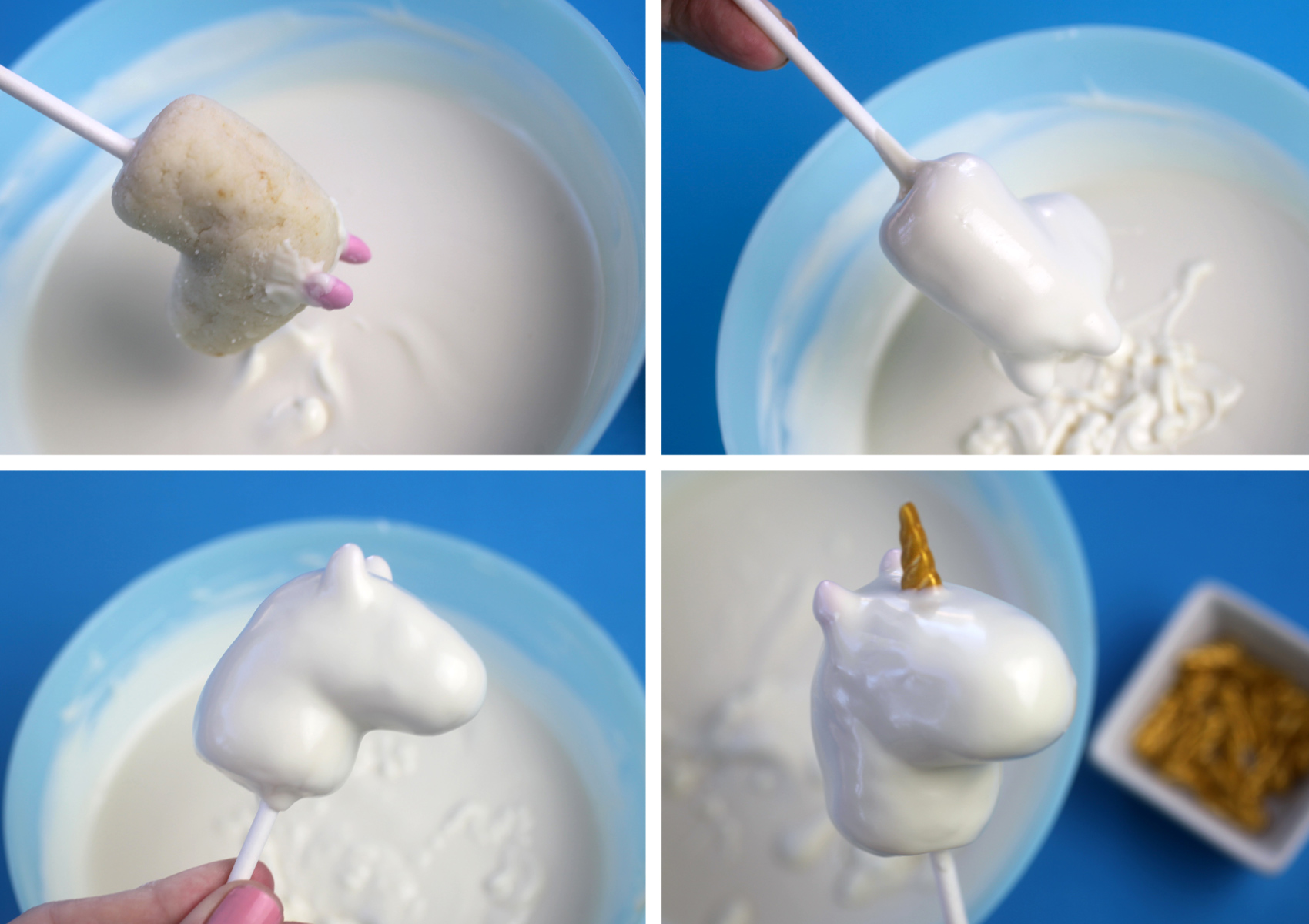I know she died, but when is Grandma coming back?
Why is your skin darker than Mommy’s?
Why do we live here but Daddy doesn’t?
Are you the tooth fairy?
Anyone with kids in their life knows what it’s like to be surprised by a tough question. It can come at any time, often when you least expect it: at breakfast, at bedtime or from the back seat.
We’re parents ourselves, and it’s these questions — and the awkward, knee-buckling panic they induce — that led us to create a new series of parenting guides for NPR’s Life Kit, a family of podcasts dedicated to making your life just a little bit easier.
Life Kit’s podcast, Parenting: Difficult Conversations, with help from Sesame Workshop, is full of research-tested strategies to help you navigate conversations about death, race and other tricky topics. Best of all, we get help from Sesame Workshop’s in-house child development experts. They’re the folks who review every word that comes out of a Muppet’s mouth to make sure it’s as helpful as possible for kids. This year, Sesame Street celebrates its 50th season, so you know they know what they’re doing.
Parents, grandparents, teachers and caregivers are busy. We get it. So we decided to distill some of what we’ve learned so far, no matter the kind of question that comes your way.
1. When you get a tough question, listen for what the child is really asking.
Don’t rush to answer. Pause and ask for clarification. This does a few things. First, it buys you time to choose your words carefully. It also stops you from answering the wrong question.
Rosemarie Truglio, a developmental psychologist and Sesame Workshop’s senior vice president of education and research, says when her son, Lucas, was 8, he came home from school and asked, “Is Santa real?”
She answered with a simple question back to him: “Why are you asking?”
“They may not actually be asking what you think they’re asking,” Truglio says. “You may be about to give them too much information that they don’t want and they’re not ready for. Pause before you respond, and make sure you’re really answering the question with the just-right amount of information that they can handle at the moment.”
It turns out that Lucas was doubting Santa Claus because other kids at school had voiced their skepticism, but, Truglio says, he was looking for reassurance. And thanks to her quick thinking, that’s just what he got.
We’ll underline this point with a quick joke that has made the rounds of the Internet:
“Where does poo come from?” a little boy asks.
“Well, son,” his father says, “food passes down the esophagus by peristalsis. It enters the stomach, where digestive enzymes induce a probiotic reaction in the alimentary canal. This contracts the protein before waste enters the colon. Water is absorbed, whereupon it enters the rectum finally to emerge as poo.”
“Wow,” the boy says. “So where does Tigger come from?”
2. Give them facts, but at a pace they can manage.
Whether you’re breaking news about the death of a loved one, a job loss or a serious illness, it’s important to understand that children process information a little bit at a time. That means you should be prepared to revisit the topic, perhaps many times.
A hospice worker who specialized in talking with children about death gave Truglio this advice: Children take in information the same way they eat an apple. Instead of crunching through the whole fruit in one sitting, they nibble, take breaks, then circle back.
Dave Anderson, director of programs at the Child Mind Institute, a national children’s mental health nonprofit, says sometimes we have to adjust our expectations when delivering heavy news. “A young child moves on fairly quickly.”
Anderson recalls one couple who fretted over telling their son about his diagnosis of attention deficit hyperactivity disorder. “They were worried he would feel the weight of the stigma.” Instead, his response was more like, “OK. Where are we going for dinner?”
This goes for not-so-tough topics too. Once, I (Anya) was talking with my then-6-year-old daughter about seasons and why it’s colder in the winter. I may have been monologuing a bit. My daughter spoke up: “Mama, it’s kind of weird to have an answer without a question.”
3. “That’s a great question. Let’s find out more together.”
This is a good response to have up your sleeve for complex issues: science, history, race, gender, politics, scary incidents in the news or any time a question catches you off guard.
“We can say, ‘Let’s explore this together, because that question is really a big one,’ ” says Jeanette Betancourt, senior vice president for U.S. social impact at Sesame Workshop. ” ‘Let’s go to the library and let’s look at some books. Let’s search for maybe some films or movies or get recommendations from our teachers or librarians.’ Because not everything has to be in the moment.”
Maybe you don’t like the way you initially answered your child’s question. Don’t worry. You can also go back and ask for a do-over: “I am thinking more about what you asked, and I’d like us to find out more of the answer together.”
This approach gets you off the hook — so you don’t feel like you’re making something up that you might regret later. “We often feel that, as parents, we always have to have the answer in the moment,” says Betancourt. “And the thing is, we don’t. And that’s OK. We’re still good parents.”
4. Reassure them that they are safe and loved.
Often when kids grapple with a scary or uncertain subject, their questions will have one fundamental motivation: What’s going to happen to me? Will I be safe? Will I be taken care of? Those are the questions you need to answer, even if they aren’t being asked explicitly.
If it’s a school shooting in the news, they want to know whether their own school is safe. You can talk about everything that adults are doing to keep them safe.
If it’s a divorce, they need to hear that both parents still love them and that the split is not their fault. In addition, “both parents talking about consistency and routines would be very helpful,” says Sesame’s Betancourt.
If it’s the death of a loved one, says Truglio, “make sure they know that there are many people in their lives who are like family. So you will always be cared for.”
5. Take care of yourself, and don’t be afraid to share your emotions.
We adults need to have our own support system — and time — when we deal with hard things.
“Without taking care of ourselves, it’s very difficult to help our children,” says Betancourt.
For example, if your family has to attend a funeral, you can ask a good friend or extended family member to help shepherd your children, in case they need a moment away from the service or in case you, the bereaved, need a moment to yourself.
But that doesn’t mean we grown-ups have to “wall ourselves off in our grief” or other feelings, Truglio says. Her mother died several years ago, and she says she still experiences moments of grief. Recently, she says, she cried in front of her son and didn’t hesitate to explain, “I’m sad because I miss Grandma.”
That simple statement is really helpful for kids, says Anderson of the Child Mind Institute. “We don’t tell parents to suppress emotions. If a parent is feeling emotional, it is actually great for their own child’s emotional functioning for a parent to label and self-disclose.”
Listen to all our Parenting: Difficult Conversations episodes here.
If you like this article, check our other offerings from Life Kit, NPR’s family of podcasts for navigating your life, from personal finances to diet and exercise to raising kids. Sign up for the newsletter to learn more, and follow @NPRLifeKit on Twitter. Email us at lifekit@npr.org.
_________
Now that Life Kit is underway, we’re interested in hearing from readers and listeners so we can make future episodes even more useful. Please take this short survey and tell us what you think.
9(MDAxOTAwOTE4MDEyMTkxMDAzNjczZDljZA004))
from MindShift https://ift.tt/2Szz1KW












9(MDAxOTAwOTE4MDEyMTkxMDAzNjczZDljZA004))
9(MDAxOTAwOTE4MDEyMTkxMDAzNjczZDljZA004))
9(MDAxOTAwOTE4MDEyMTkxMDAzNjczZDljZA004))
9(MDAxOTAwOTE4MDEyMTkxMDAzNjczZDljZA004))
9(MDAxOTAwOTE4MDEyMTkxMDAzNjczZDljZA004))